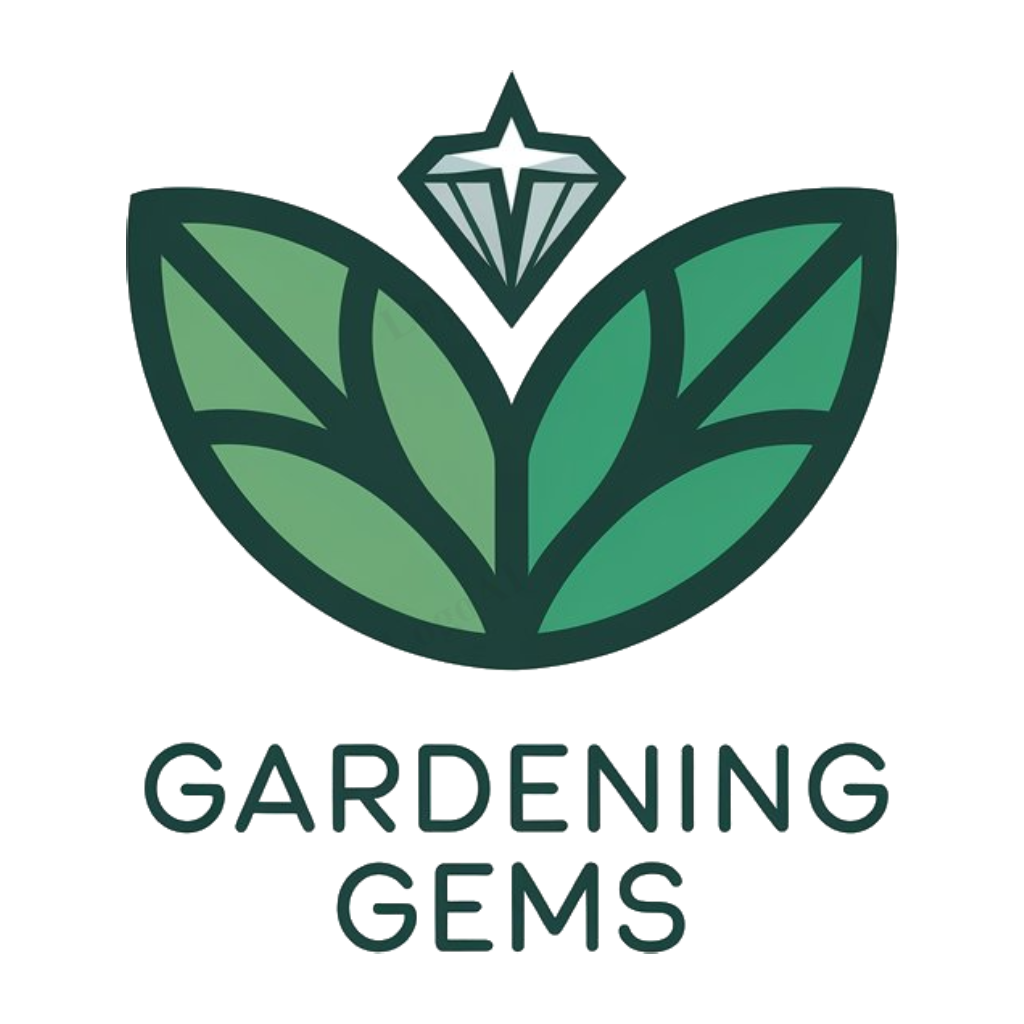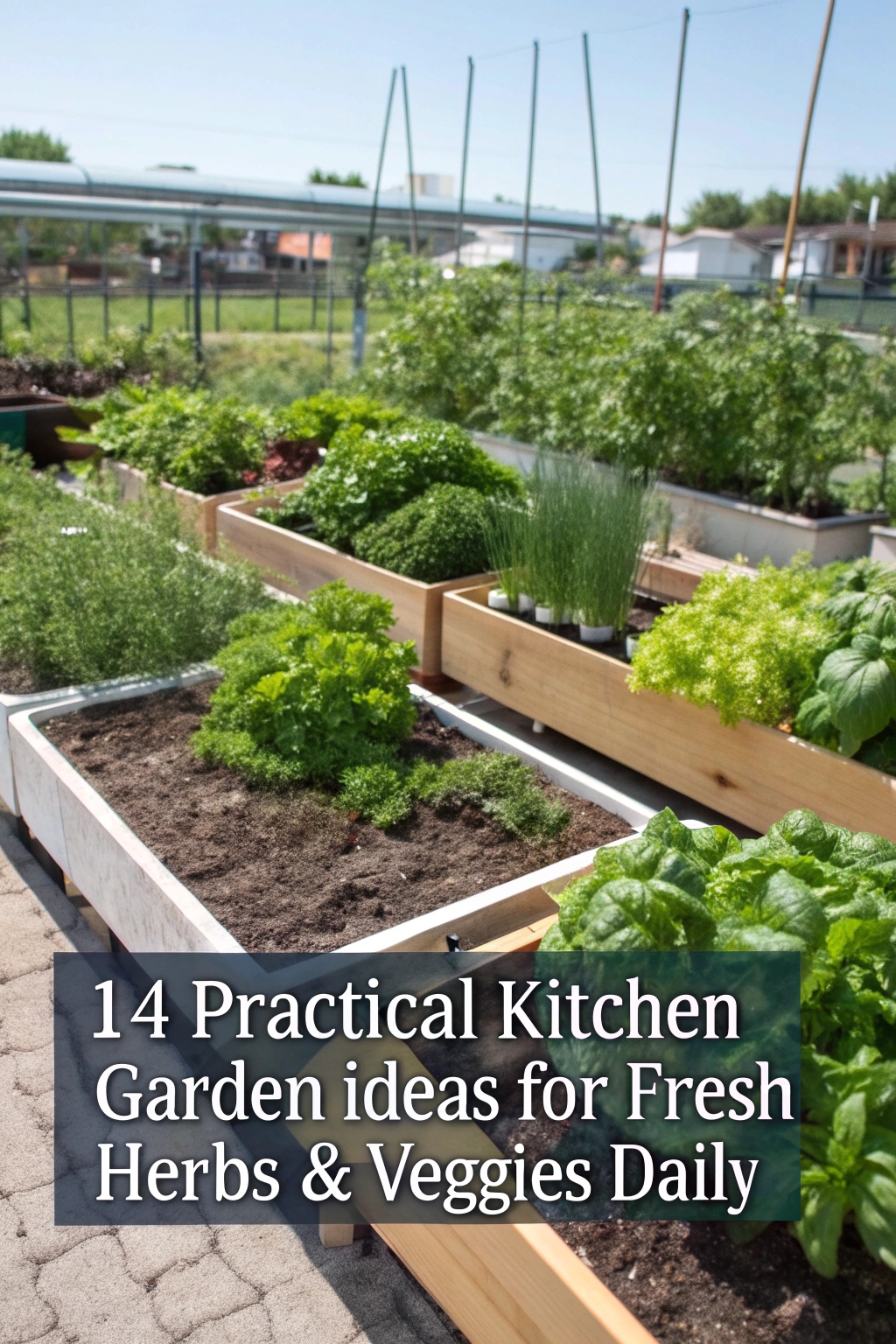Planning a kitchen garden is a great idea, and the first thing to consider is sunlight. You’ll need a spot that gets at least 6 hours of direct sunlight every day for your plants to grow well. This will help you grow fresh herbs and veggies daily. When choosing a location, think about how close it is to a water source, as this will make it easier to care for your garden.
You’ll also want to consider the type of soil you have and whether it’s suitable for the plants you want to grow. By taking these factors into account, you can create a thriving kitchen garden that provides you with delicious produce all year round.
Planning Your Kitchen Garden

Planning your kitchen garden involves
Choosing the Right Location
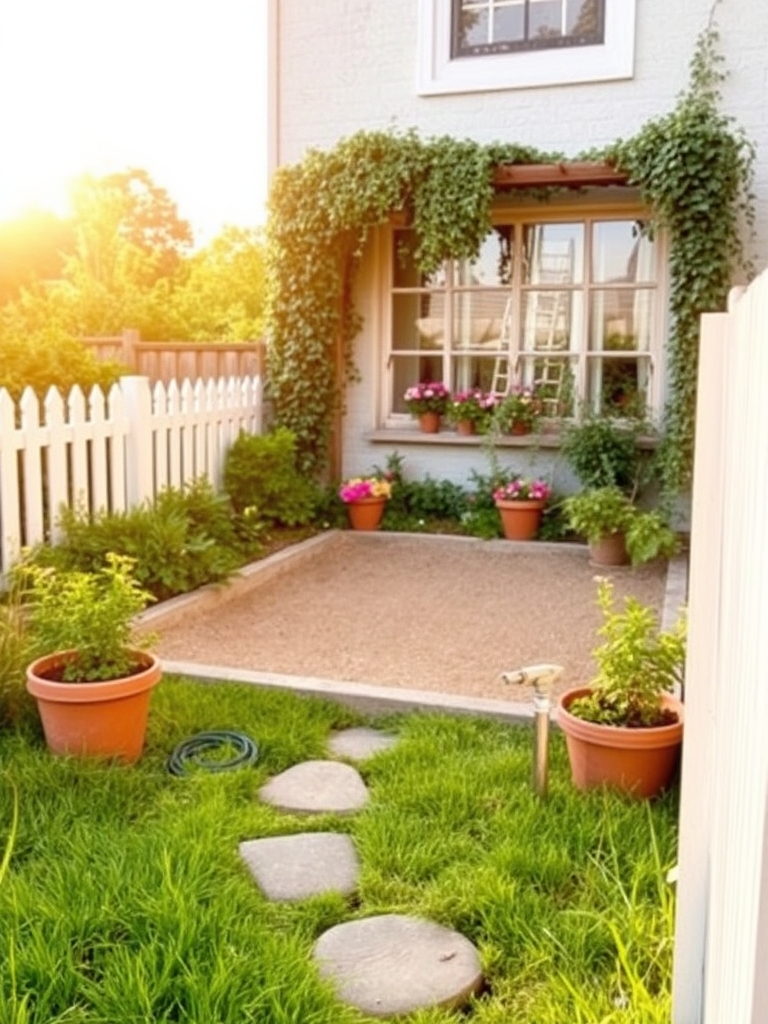
Choosing the right location for your kitchen garden is essential. It should receive at least 6 hours of direct sunlight and be close to a water source. The area should also be level and well-ventilated to prevent disease and pest buildup. Additionally, consider the proximity to your kitchen for easy access.
Building a Vertical Garden

Building a vertical garden is a space-saving solution for small kitchens. Use a trellis or a wall-mounted planter to train vining plants like tomatoes or peas to grow upwards, maximizing your kitchen garden’s potential and adding a decorative element to your outdoor or indoor space. This method also improves air circulation and reduces soil erosion.
Utilizing Container Gardens

Utilizing container gardens allows for maximum space efficiency and flexibility in kitchen gardens. Containers can be placed on balconies, patios, or rooftops, making it possible to grow herbs and vegetables in small or urban spaces. This method also enables easy relocation of plants to optimize sunlight and soil conditions.
Creating a Window Box Garden

A window box garden is a great way to bring some greenery into a small space. Choose a box that fits your window and fill it with a mix of herbs, succulents, or flowers. Add a trellis for climbing plants and guarantee good drainage to keep your plants healthy and thriving in their new home.
Designing a Small Space Garden
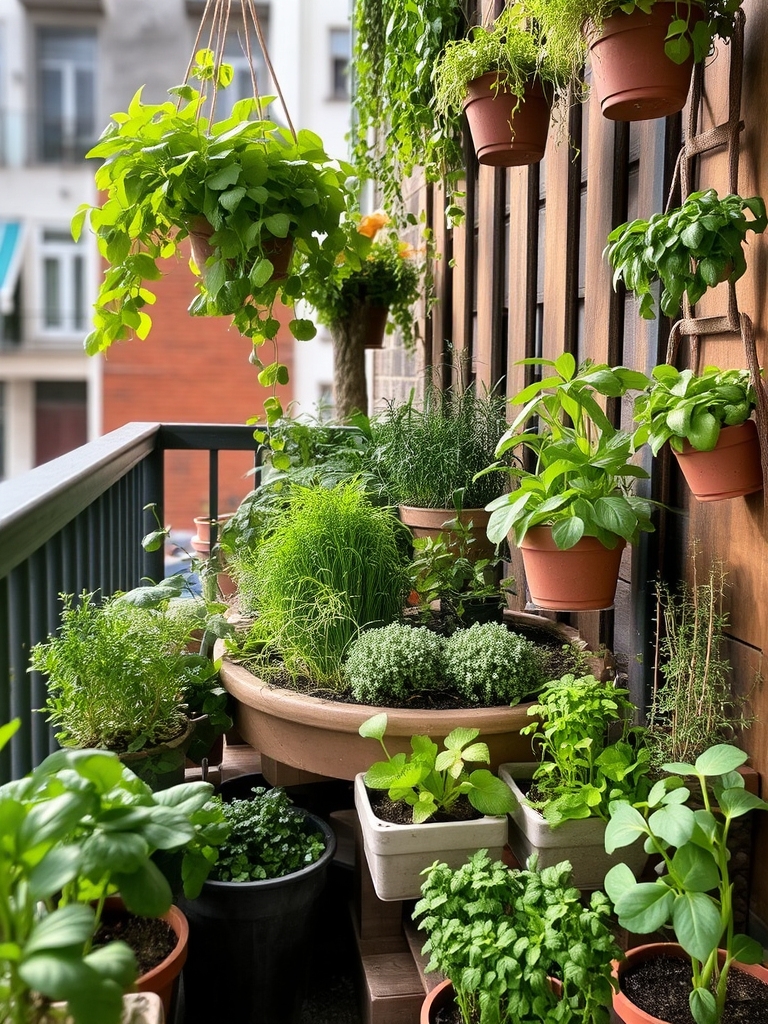
Designing a small space garden requires careful planning to maximize space. Consider vertical gardening, container gardens, and compact plant varieties. Utilize walls, balconies, and other often-wasted areas. Create a functional and beautiful space by selecting plants that thrive in small spaces and implementing space-saving techniques like trellises and tiered planters.
Growing Herbs Indoors

Growing herbs indoors allows for year-round access to fresh flavors. Choose a sunny windowsill or use grow lights to provide the necessary conditions. Popular herbs like basil, mint, and parsley thrive in indoor containers, and can be harvested in as little as a few weeks, adding fresh taste to various dishes throughout the year.
Making a Self-Watering Planter

Create a self-watering planter by layering a water reservoir, soil, and plants in a container. Add a wicking system, such as a nylon rope or fabric, to draw water from the reservoir to the roots as needed, reducing watering frequency and maintaining ideal moisture levels for healthy plant growth.
Implementing a Hydroponic System
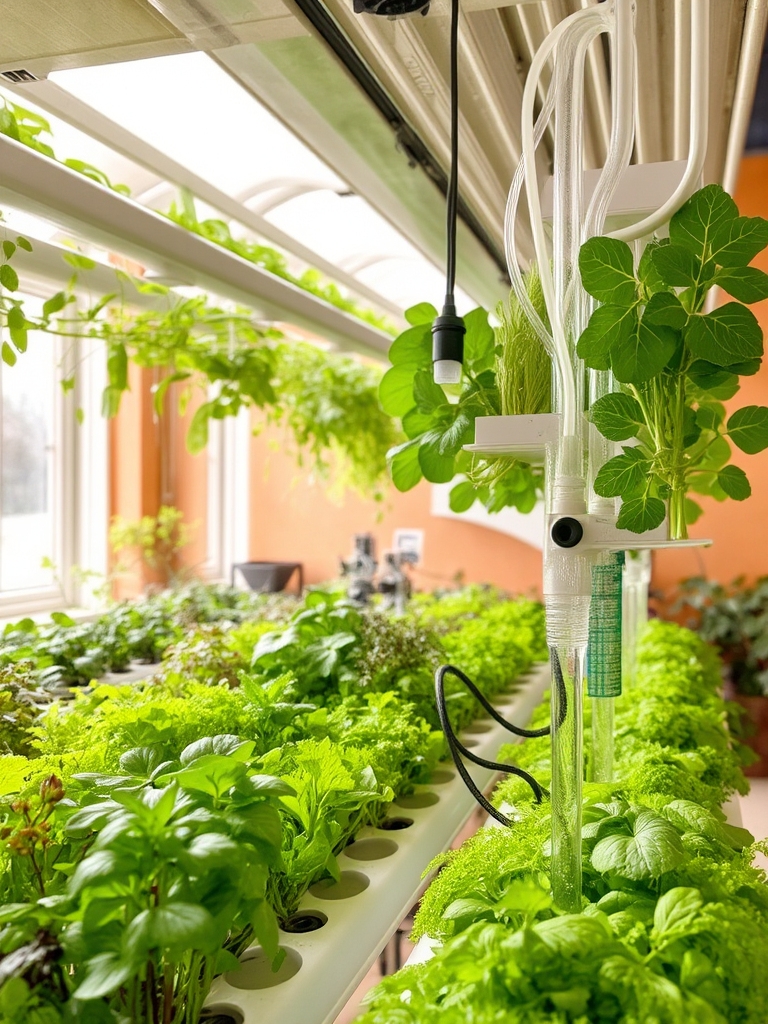
Implementing a hydroponic system in your kitchen garden allows for efficient nutrient delivery to plants, maximizing growth and yield. This soilless method uses nutrient-rich solutions to feed plants, reducing water consumption and increasing crop density, making it ideal for small or indoor kitchen gardens.
Using Raised Garden Beds
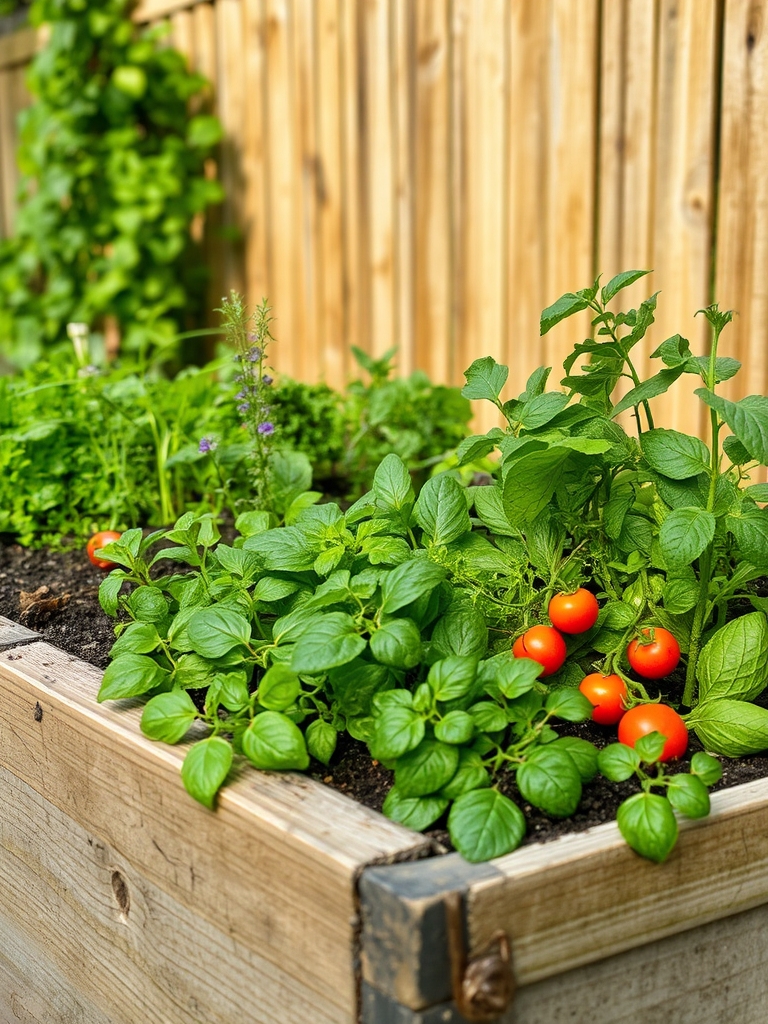
Raised garden beds provide better drainage and aeration, allowing roots to grow deeper. They warm up faster in spring, extending the growing season. Elevated beds also reduce back strain and soil compaction, making maintenance easier. Additionally, they can be filled with a mix of soils tailored to specific plants, optimizing growth and yields. This setup is ideal for small kitchen gardens.
Creating a Garden on a Slope

Creating a garden on a slope requires careful planning to prevent erosion and guarantee accessibility. Use terracing or retaining walls to level the ground, and choose plants with deep roots to stabilize the soil. Pathways and steps can be added to navigate the slope, making the garden functional and visually appealing.
Managing Pests and Diseases

Effective management of pests and diseases is vital in a kitchen garden. This involves using organic methods like crop rotation, introducing beneficial insects, and applying natural pest control substances to minimize harm to plants and the environment. Regular monitoring and prompt action can prevent the spread of diseases and pests, ensuring a healthy and productive garden.
Preserving Your Harvest

Preserving your harvest allows you to enjoy your homegrown produce year-round. Techniques like canning, freezing, and dehydrating help maintain flavor and nutrition. Proper storage methods, such as pickling and fermenting, also extend shelf life. This way, you can relish your kitchen garden’s bounty even after the growing season ends, making the most of your harvest.
Maintaining a Year-Round Garden

Maintaining a year-round garden requires planning and strategy. Choose plants with varying growth cycles and mature at different times to guarantee a constant harvest. Incorporate cold frames, greenhouses, or indoor containers to extend the growing season, and use techniques like succession planting and crop rotation to keep the garden thriving throughout the year.
Conclusion
You’re the master chef of your kitchen garden, orchestrating a symphony of flavors. With these 14 practical ideas, your garden’s a well-oiled machine, producing fresh herbs and veggies daily. Nourish it, and it’ll nourish you, a never-ending dance of growth and harvest, where you’re the conductor, expertly managing every note.
